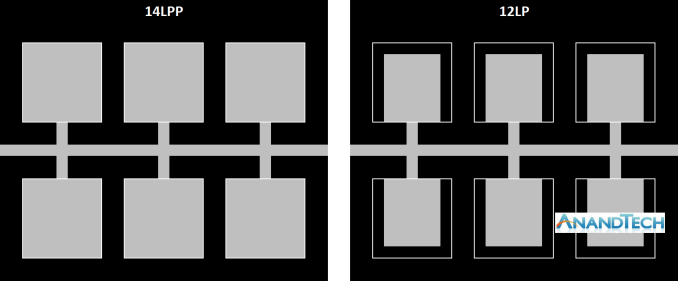D
Deleted member 13524
Guest
So, according to some leakers the very lower end of RX7xxx cards will consist of 6nm "refreshes" of the RDNA2 parts.
I do think it makes sense to reuse Navi 22 and Navi 23 at 6nm, if all Navi 3x are on their way to becoming such expensive beasts.
Even if there's no performance upgrade, at least they'll have something to put inside laptops with console-like performance and featureset, using a hopefully cheap node.


